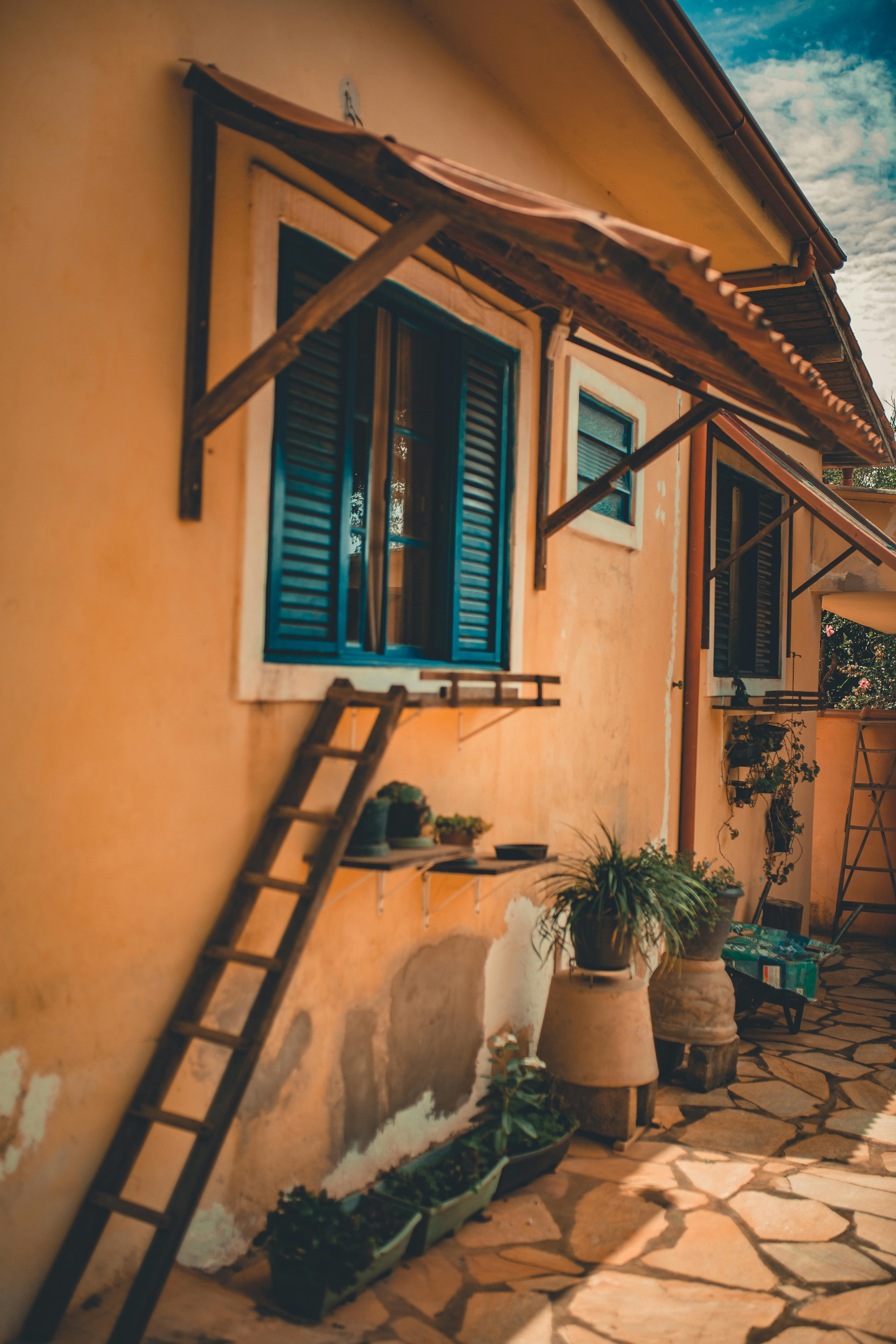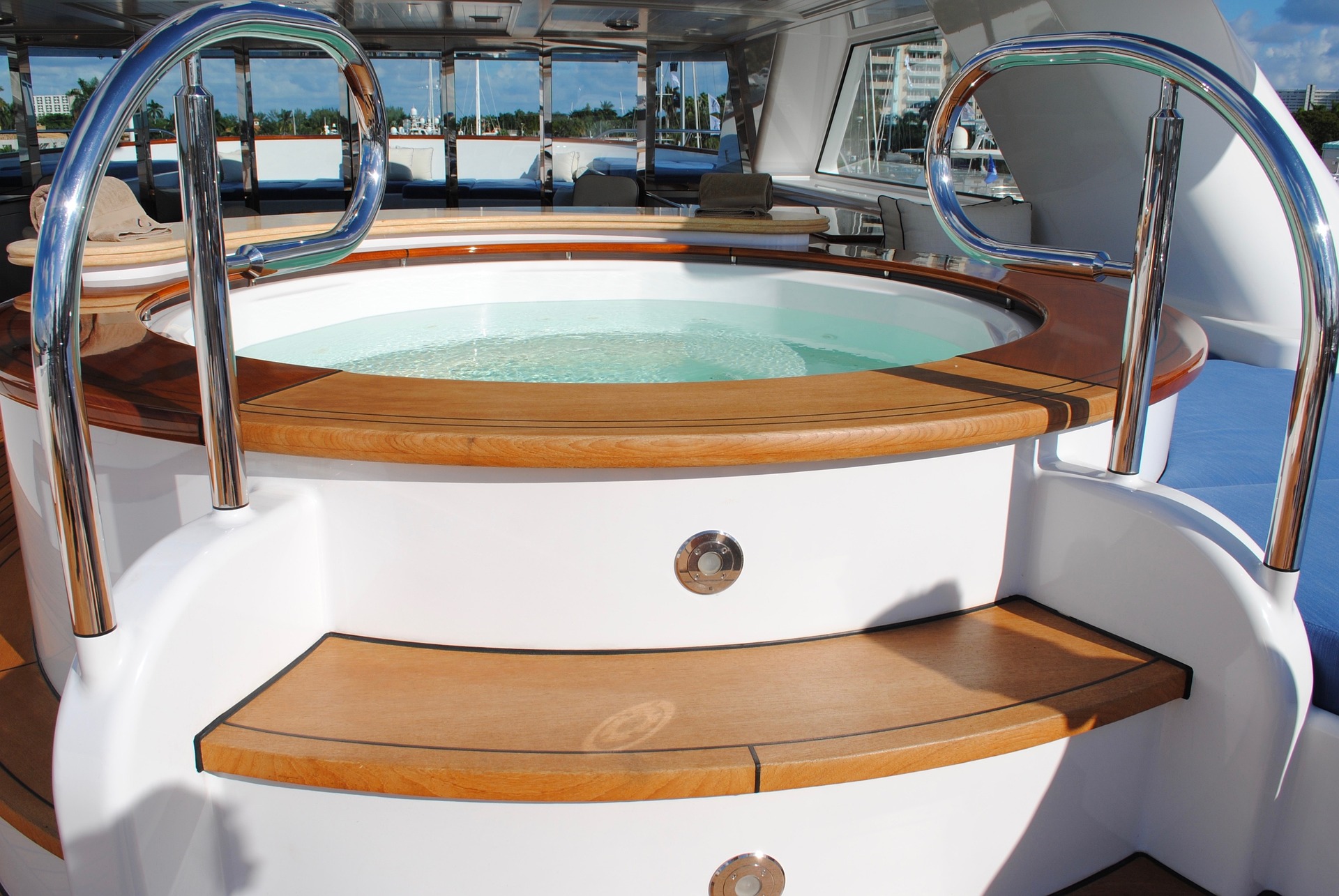Cottage Houses: Charming Small Homes with Big Appeal
Nestled in picturesque settings, cottage houses have long captivated homeowners with their quaint charm and cozy atmosphere. These compact dwellings offer a unique blend of comfort, efficiency, and rustic appeal that continues to attract those seeking a simpler lifestyle. From their distinctive architectural features to their space-saving designs, cottage houses present an enticing alternative to larger homes, particularly for those looking to downsize or embrace a more minimalist way of living.

What defines the charm of small cottage homes?
The allure of small cottage homes lies in their intimate scale and inviting ambiance. Typically ranging from 400 to 1,200 square feet, these diminutive dwellings exude a sense of warmth and welcoming that larger houses often struggle to achieve. Cottage homes are characterized by their storybook appearance, featuring elements like steep-pitched roofs, dormer windows, and charming front porches that invite residents and visitors alike to slow down and savor life’s simple pleasures. The compact nature of these homes encourages a closer connection to the surrounding landscape, often integrating seamlessly with gardens, woodlands, or coastal settings.
What are the key architectural features of cottage-style living?
Cottage-style architecture boasts several distinctive elements that contribute to its enduring appeal. Asymmetrical facades with varied roof lines create visual interest and a sense of organic growth. Multi-paned windows, often adorned with shutters, allow ample natural light to flood the interior while maintaining a quaint aesthetic. Exterior materials such as wooden shingles, stone, or brick lend texture and character to the home’s appearance. Inside, cottage houses often feature open floor plans that maximize the use of limited space, with interior archways and built-in storage solutions adding both charm and functionality.
How does downsizing to a smaller home environment benefit homeowners?
The transition to a cottage house offers numerous advantages for those willing to embrace a more compact living space. Reduced square footage translates to lower utility costs and decreased maintenance requirements, freeing up time and resources for other pursuits. The smaller footprint of cottage homes also encourages a more minimalist lifestyle, prompting residents to prioritize possessions and embrace a clutter-free environment. Additionally, the cozier dimensions of these homes often foster a stronger sense of intimacy and connection among family members, creating a nurturing atmosphere that larger homes may lack.
What popular design elements define the cottage aesthetic?
Cottage interiors are renowned for their warm and inviting ambiance, often achieved through a combination of rustic and refined elements. Exposed wooden beams add character and visual interest to ceilings, while creating a sense of architectural authenticity. Cozy fireplaces serve as natural focal points, providing both warmth and a gathering place for family and friends. Built-in window seats, reading nooks, and breakfast alcoves maximize the use of space while offering charming retreats within the home. Natural materials such as wood, stone, and woven textiles further enhance the cottage aesthetic, creating a harmonious connection between indoor and outdoor spaces.
How do space-saving layouts and multifunctional interiors optimize cottage living?
Efficient use of space is paramount in cottage house design, with every square foot carefully considered to maximize functionality. Open-concept layouts blur the boundaries between living areas, creating a sense of spaciousness within compact dimensions. Multi-purpose furniture, such as storage ottomans or murphy beds, allows rooms to serve dual functions without sacrificing comfort. Clever storage solutions, including built-in shelving, under-stair storage, and loft spaces, help minimize clutter and maintain an organized living environment. Vertical space is often utilized through the incorporation of tall bookcases, hanging pot racks in kitchens, and wall-mounted storage systems, ensuring that no potential storage opportunity is overlooked.
What are the cost considerations for cottage houses?
The cost of cottage houses can vary significantly based on location, materials, and customization. However, their smaller size generally translates to lower construction and maintenance costs compared to larger homes.
| Aspect | Estimated Cost Range |
|---|---|
| Construction (per sq ft) | $100 - $200 |
| Land (varies widely) | $50,000 - $200,000+ |
| Utilities (monthly) | $100 - $300 |
| Maintenance (annual) | $1,000 - $3,000 |
Prices, rates, or cost estimates mentioned in this article are based on the latest available information but may change over time. Independent research is advised before making financial decisions.
While the initial investment in a cottage house may be substantial, the long-term savings in energy costs, property taxes, and maintenance can make them an economically attractive option for many homeowners. Additionally, the growing popularity of cottage-style homes in various real estate markets suggests that these charming dwellings may hold their value well over time.
In conclusion, cottage houses offer a compelling blend of charm, efficiency, and comfort that continues to captivate homeowners across diverse demographics. From their distinctive architectural features to their space-saving interiors, these small homes prove that less can indeed be more when it comes to creating a warm and inviting living environment. As the trend towards simpler, more sustainable lifestyles grows, the timeless appeal of cottage houses seems poised to endure, offering a delightful alternative to those seeking a cozier, more intimate home experience.




